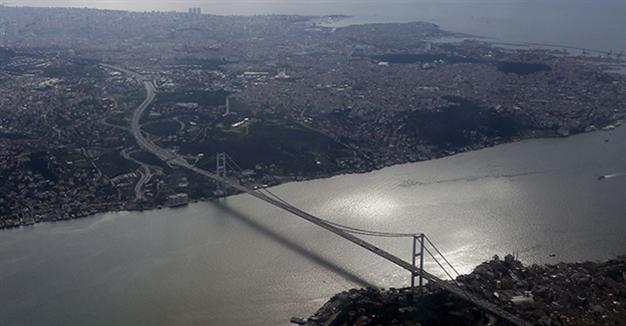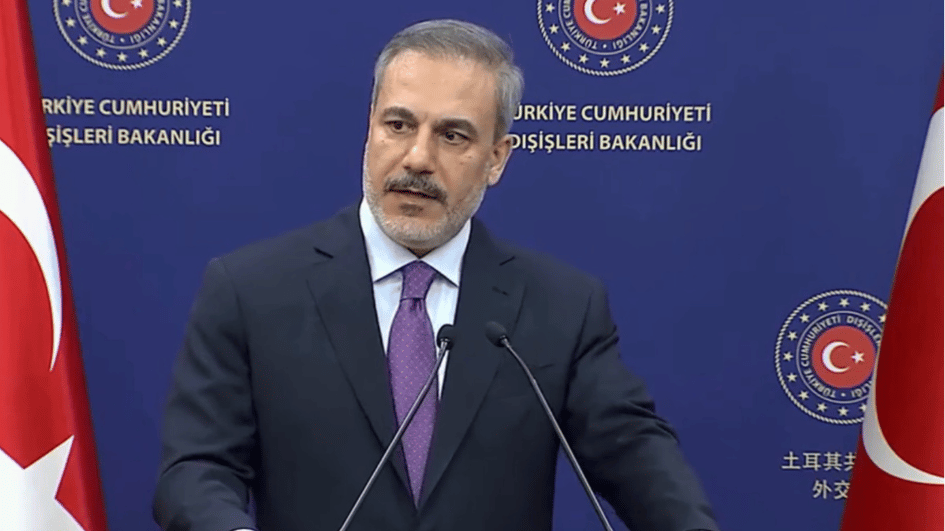Experts warn of potential 7.0 magnitude earthquake near Istanbul
ISTANBUL

REUTERS photo
The tension building along an active fault line near Istanbul’s Princes’ Islands is powerful enough to create a 7.0 magnitude earthquake, the results of a three-year-long European Union-supported project led by Boğaziçi University’s Kandilli Observatory have revealed.The project, called MARSite, defined the Marmara Sea as one of the most risk-prone regions around the Mediterranean Sea and put in place a wide range of comprehensive monitoring activities in both the Marmara Sea and its surrounding urban and rural regions.
Data from different scientific disciplines was collected and coordinated to develop consistent models predicting the extent of risks posed by fault lines in the area.
“An infrastructure was built that is capable of effectively monitoring all sorts of data that might be used for earthquake analysis in parts of the world with similar tectonic problems,” MARSite Project Coordinator Prof. Nurcan Meral Özel was quoted as saying by Cihan News Agency during a June 20 press conference organized to share the research’s findings.
As part of efforts to detect underground tension, a deep well system was designed and placed directly inside an active fault line, 150 meters below ground, in the Şarköy district of northwestern Tekirdağ province.
The Marmara Sea fault line was monitored without interruption for three years and over 30 studies were published based on data acquired from the measurements.
According to the findings of the $8-billion project, very high tension has built up near the Princes’ Islands, an archipelago off the coast of Istanbul in the Sea of Marmara, powerful enough to create a 7.0 magnitude earthquake.
The tension is even higher than the degree measured ahead of the deadly 1999 earthquake in Turkey’s northwestern province of Kocaeli, which killed at least 17,000 people, according to Özel.
On the other hand, the North Anatolian Fault is made up of smaller pieces, hence a rupture would not be a big one emanating from a single point, the professor added.
Özel said the project also monitored earthquake-related risks to the Marmaray, a tunnel below the Bosphorus which connects Istanbul’s European and Asian sides, and to the natural gas distribution system which serves some 5.3 million consumers.
The possibility of a potential tsunami in the Marmara Sea was also evaluated and an early warning system was developed, the project coordinator added.
The City Risk Index 2015-2025 prepared by Lloyd’s, the world’s leading market for specialist insurance and reinsurance, reported a 65 percent chance of a 7.0 magnitude or higher earthquake in Istanbul in the next 30 years.
















